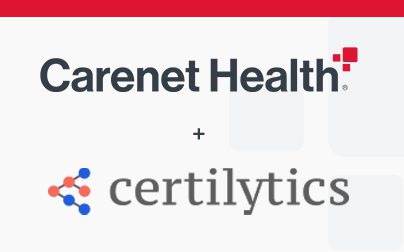
Healthcare organizations—payers, providers and anyone who serves today’s healthcare consumers—are smartly beginning to focus more attention, time and resources on understanding and mapping the healthcare consumer journey. It’s something other industries have been doing since the 1990s. Now, healthcare consumerism is causing healthcare to dig into the health plan member and patient experience, as well.
Numerous steps and a wide range of emotional and physical touchpoints make up an end-to-end customer journey, and all of them can be critical to maximizing satisfaction, loyalty and even care outcomes and costs. Those steps and touchpoints are absolutely important for healthcare leaders to study.
But there is one in particular that we see consistently undervalued in healthcare organizations’ assessments—the Healthcare Service Journey.
Here’s an example from the world of mobile devices to explain the difference:
The consumer journey with a smartphone began 10 years ago when the consumer researched their first mobile phone purchase. But the service journey began last night when the email on the customer’s phone didn’t sync.
Think of the Service Journey as a micro-journey imbedded within the overall consumer journey. Here’s an example from the world of healthcare:
The consumer journey with a member’s health plan began two years ago when they began their search for a Medicare Advantage plan. But their Healthcare Service Journey began this morning when they had a question about finding an in-network specialist.
The goal: Frictionless experiences
Every organization that serves consumers wants to create an effortless experience. While that’s a lofty goal, we encourage our healthcare clients to instead work to design a frictionless experience. To do that, health plans, health systems and healthcare service organizations need to break down their consumer journey into individual and distinct Healthcare Service Journeys. For each Healthcare Service Journey, you can then identify all points of effort and points of friction.
For Healthcare Service Journeys, consider the past, present and future
To understand the Healthcare Service Journey, we believe you should start with three key questions—which ultimately explore what happens in the past, in the present and in the future.
Those questions are:
- What did the patient or plan member do before they engaged with your support services? (regardless of channel—could be live/phone, text, email or portal touchpoint)
- How successful was the engagement, from the consumer’s perspective? (not the organization’s)
- What needed to be done at the end of the engagement to achieve true resolution, and who owns that next step?
Micro-journeys reveal what’s going beyond individual healthcare customer service interactions, too
Another important point to remember is that analyzing the complete Healthcare Service Journeys that your members and patients experience offers a strategic look into not only the actual engagement and support opportunities you offer, but also how those opportunities are impacting your overall organization. For instance, you can learn:
- What caused the patient or health plan member to engage with you in the first place
- What’s working and not working when consumers try to self-service, and why
- Substantial insights into how consumers feel overall about your care and services
Are you missing opportunities to impact your healthcare consumers’ lives?
In summary, next time your organization is discussing and examining the customer journey, take a step back and ask: What Healthcare Service Journeys make up that larger experience and how can optimizing them change things for the better? Are your Healthcare Service Journeys creating positive and lasting satisfaction and loyalty? If that answer is “no” or “I’m not sure,” you could be missing opportunities to meet your plan members and patients at their moment of need, in their channel of choice. And that’s a moment when you can genuinely affirm and reinforce the confidence, time and money they’ve invested in partnering with you for their health and wellbeing.
Focus on improving the Healthcare Service Journey, and improvement of the revenue-generating consumer journey will follow.
—
Carenet Health has launched a new CX Analytics Group made up of an experienced team that has collectively completed hundreds of comprehensive service-journey related studies for a wide range of consumer-centric industries, including e-commerce and financial services. Now, the team will apply those proven methodologies, expertise and insights exclusively to the Healthcare Service Journey.
Please reach out if you’d like to learn more about how this team and their innovative work can help your organization.
—
More about the author:
Based in Tampa, Fla., Bo Young is Carenet Health’s new VP of CX Analytics. Bo has over 20 years of experience in the development and growth of CX analytics and CX research programs. He is an established subject matter expert on evaluating CX analytics to pinpoint the “so what, now what?” within the data—unlocking the limitless value that exists in each organization’s consumer experiences. Be sure to connect with Bo on LinkedIn.



